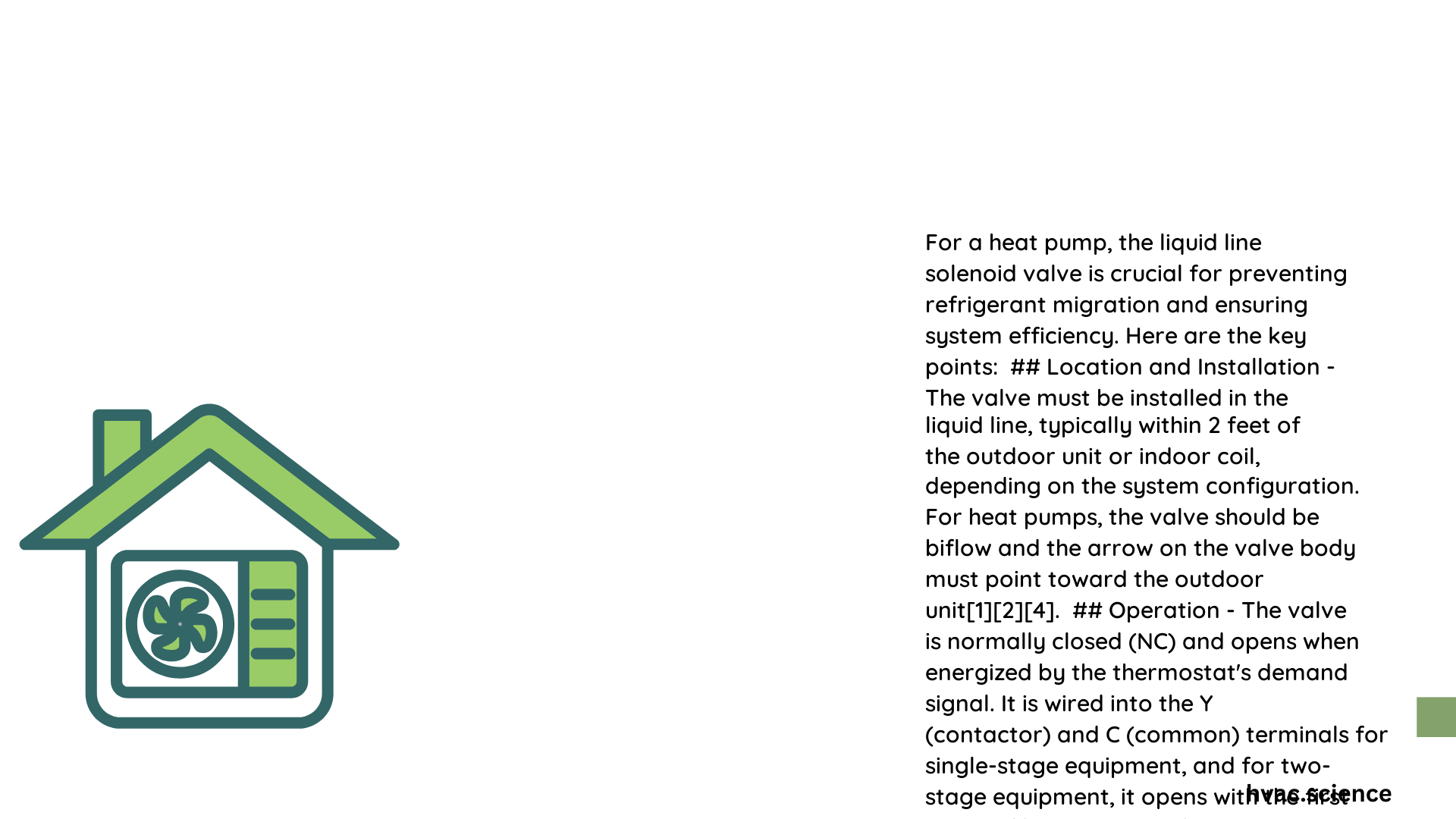A heat pump liquid line solenoid valve is a critical component in refrigeration systems that controls refrigerant flow, preventing migration and ensuring efficient heat transfer. This precision-engineered valve operates by opening and closing electronically, managing liquid refrigerant movement between indoor and outdoor units with exceptional reliability and performance.
What Makes a Heat Pump Liquid Line Solenoid Valve Essential?
Heat pump liquid line solenoid valves play a pivotal role in maintaining system efficiency and preventing potential refrigerant-related complications. These specialized valves act as critical gatekeepers in the refrigeration cycle, controlling precise refrigerant movement.
Why Do Heat Pumps Require Specialized Solenoid Valves?
Heat pumps operate under complex thermodynamic conditions, necessitating precise refrigerant management. The liquid line solenoid valve serves multiple crucial functions:
- Refrigerant Flow Control
- Prevents unwanted refrigerant migration
- Ensures consistent system performance
-
Maintains optimal pressure differentials
-
System Protection Mechanisms
- Blocks refrigerant movement during system shutdown
- Prevents compressor damage
- Reduces unnecessary energy consumption
What Are the Key Technical Specifications?
| Specification | Typical Range |
|---|---|
| Valve Size | 3/8″ to 1″ |
| Operating Pressure | 450-600 PSI |
| Temperature Range | -40°F to 250°F |
| Voltage Requirements | 24V AC/DC |
How to Select the Correct Solenoid Valve?
Selecting an appropriate heat pump liquid line solenoid valve requires careful consideration of several factors:
- System Capacity
- Refrigerant Type
- Operating Pressure
- Electrical Compatibility
- Physical Installation Requirements
What Installation Techniques Ensure Optimal Performance?
Preparation Steps
- Identify precise installation location
- Ensure proper valve orientation
- Prepare brazing equipment
- Verify electrical connection compatibility
Brazing Procedure
- Cut liquid line carefully
- Install flare nuts
- Remove valve end caps
- Braze valve into liquid line
- Verify flow direction arrow
What Common Troubleshooting Techniques Exist?
Effective troubleshooting involves systematic diagnostic approaches:
- Voltage Verification
- Use multimeter to check coil voltage
- Confirm electrical connections
-
Test voltage under operational conditions
-
Temperature Differential Analysis
- Measure temperature across valve
- Identify potential blockages
- Assess valve performance
What Maintenance Practices Extend Valve Lifespan?
- Regular electrical connection inspections
- Annual performance testing
- Clean surrounding environment
- Monitor refrigerant system pressures
- Replace worn components proactively
Cost and Replacement Considerations
Average Replacement Costs:
– Valve: $50 – $200
– Labor: $75 – $200 per hour
– Total Replacement: $150 – $500
Conclusion

Understanding heat pump liquid line solenoid valves requires technical expertise and systematic approach. Proper selection, installation, and maintenance ensure long-term HVAC system reliability.
